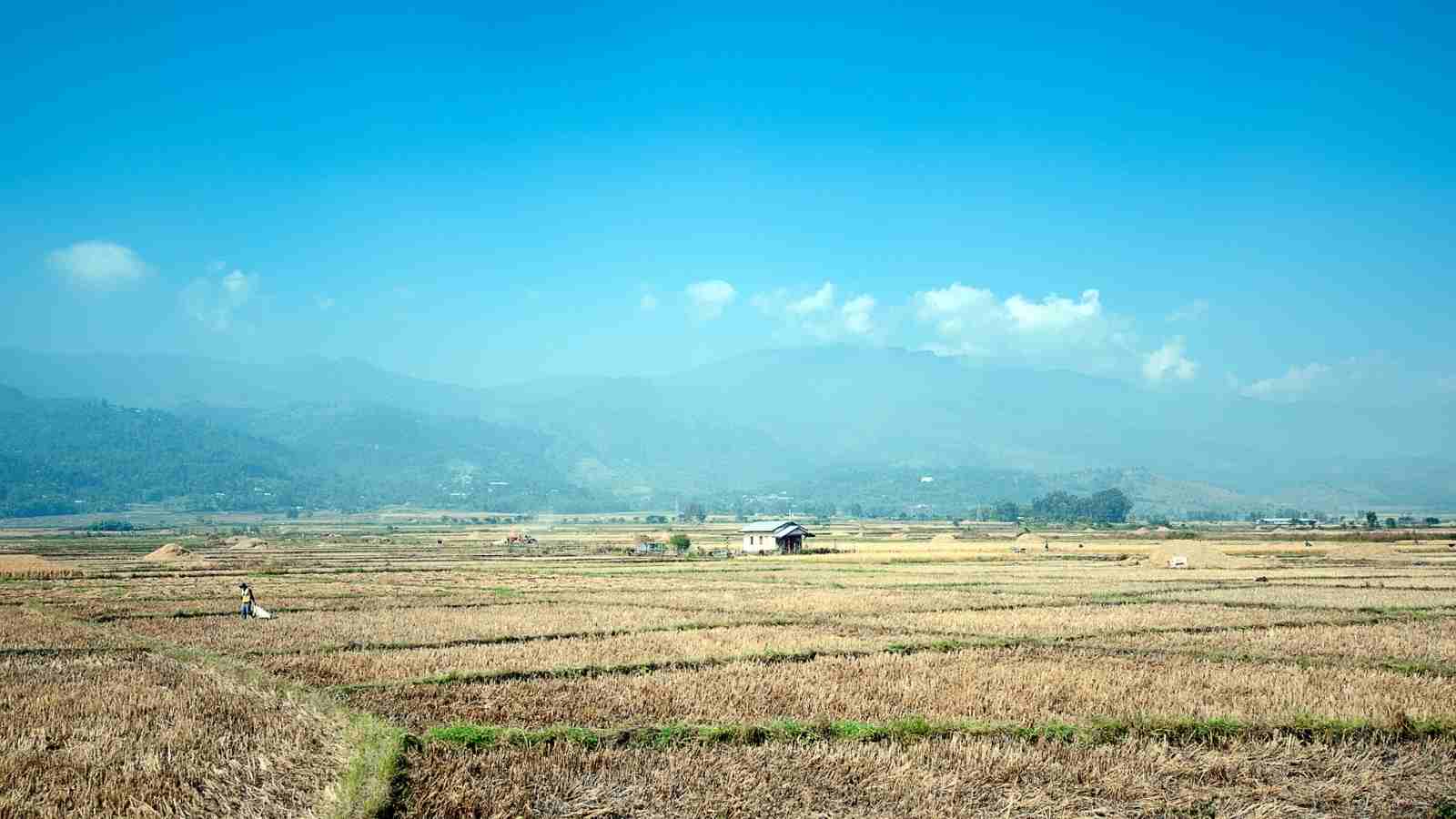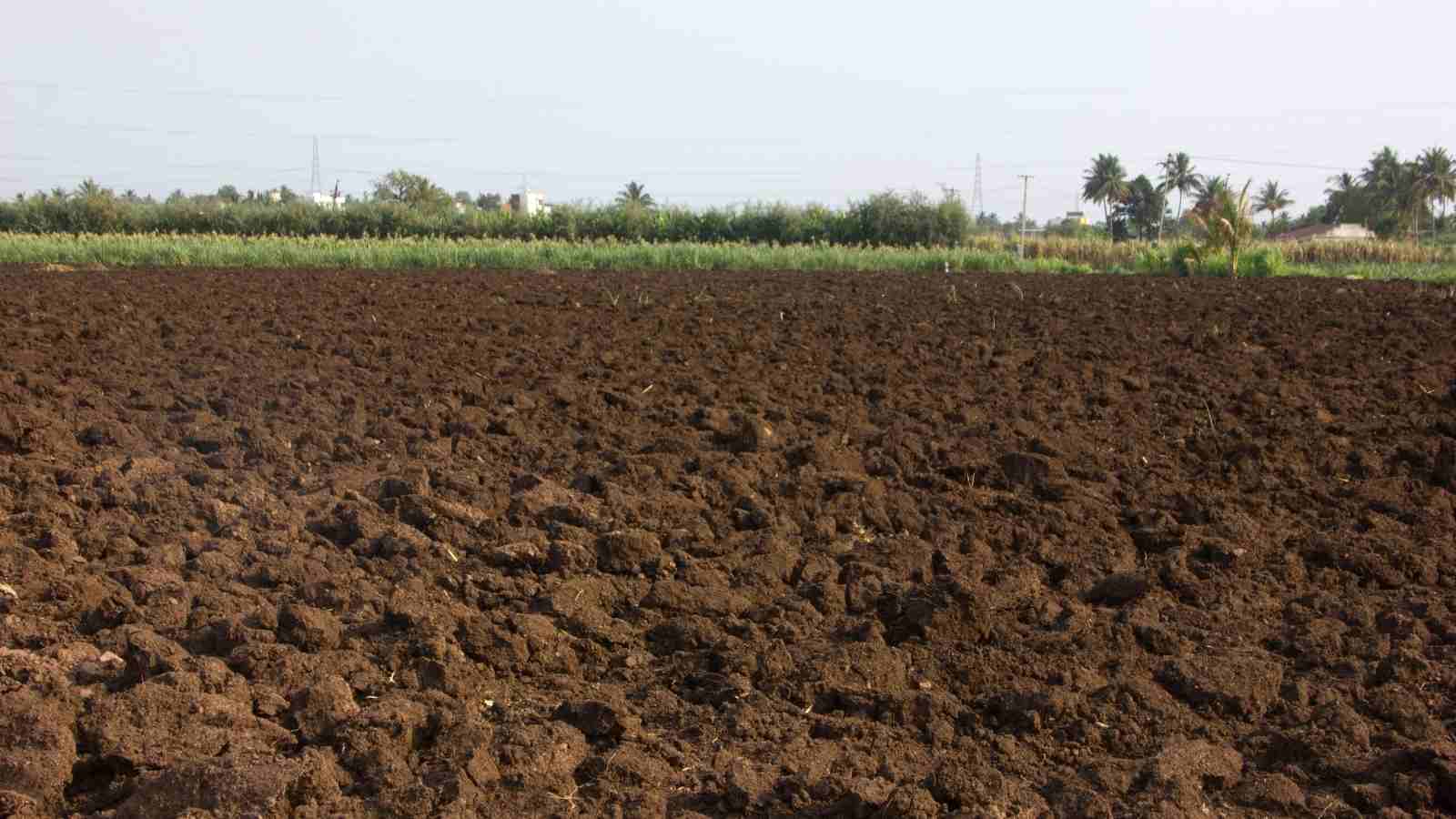India provides some of the best delicacies all over the world. Rajma is a great ingredient to prepare tasty curries at the extensive meals. This Rajma is known all over the world as the red kidney beans. These kidney beans are hailed as the “King of Nutrition”. India stands out to be one of the most important exporter and producer of Rajma. In the world, the highest producer of Rajma is Brazil.
The beans are primarily grown in the Northern states and in the Southern states of the country. From being part of delicious meals to being part of lentils, every Indian household happens to devour these red kidney beans with great love. These kidney beans are grown in the states namely in Jammu and Kashmir, Karnataka, West Bengal, Kerala, Maharashtra and Himachal Pradesh.

Apart from the great taste of the red kidney beans, they are also popular owing to the large variety of health benefits. These beans happen to be of great help to maintain good hearts, proper functioning of the brain and also prevents diabetes by controlling the sugar levels in the blood. The kidney beans are very high in protein, low in cholesterol and very rich in fibre. Owing to the high content of the fibre in the red kidney beans, these are of great help in lowering the chances of irritable bowel syndrome (IBS) and also help in the maintenance of glowing skin. Here in, we have described the various facts and tips regarding the rajma farming in India.
1. What are the various specific climatic conditions required to grow Rajma in India?
The red kidney beans or the rajma can be grown in the tropical areas all the over the world. In case of India, the temperate and the tropical areas both significantly contribute to the growth of the rajma. The rajma as a major tropical crop needs ample rain during the initial days.
- From at least 65 cm of rainfall to 150 cm of rainfall in a year is precisely good for the crop.
- The rajma though can grow in dry and hot regions yet the range within which the crop grows the best is between 15 degree Celsius to 25 degree Celsius.
2. What kind of soil is best suited for the Rajma farming in India?
Since, the red kidney beans happen to grow in a wide range of regions, so, they can easily grow in various kinds of soils. The soil that suits the best for these crops has to be loamy. The soil has to be properly drained and needs to be rich in organic manure. Through the usage of various kinds of chemical fertilisers, the soil can be enriched with the required amount of nutrients. These crops tend to be very delicate. So, the formation of calcareous soils on top of the top soil can lead to the dormancy of the crops.

The crop tends to absorb all the nutrients from the soil. So, the desired pH also needs to be within a specified range. The pH range which is deemed best for this type of crop is between 5.5 to 6.5. The farmers need to constantly look into the amount of organic compost available in the soil. It goes without saying that with better organic content, the vegetative growth will be enhanced. All the more, in addition to these soil features, the soil also has to have high content of moisture.
- With high moisture, the soil should also way proper means of drainage facility and of aeration.
- Better water content of the soil helps in better binding of the soil and thereby, nurtures the seed germination process in a better manner.
3. When can the rajma or the red kidney beans be grown in India?
The red kidney beans being a favourite dish of India has necessarily very high demands. The crop gets produced all across the country. It is cultivated in either of the two seasons of India, namely, the Rabi season and the Kharif season. Usually by the middle of the month of October, in Maharashtra, the Rajma crop is grown. However, in the states of Uttar Pradesh and in Bihar, the crop is grown in the first half of the month of November. These are primarily involved in the Rabi season. To grow crops in the spring season of the year, the red kidney beans can be sown in the very first week of the month of February. Moreover, the rajma is always cultured from seeds.
Hopefully, these properly elaborated bits of information will of great help in the rajma farming all over India.
